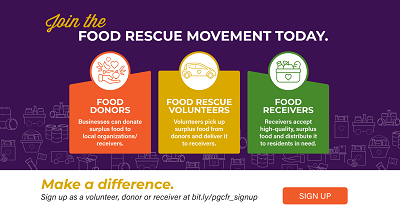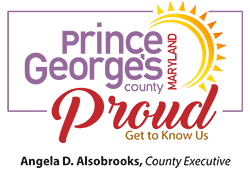
Source Reduction
Explore Ways to Reduce, Reuse, and Recycle at Home!
 |
Source reduction, also known as waste prevention, is the practice of eliminating waste before it is created, or essentially, using less material to get the job done. It incorporates the design, manufacture, purchase or use of materials and products to reduce the amount or toxicity of what is thrown away.
The benefits of source reduction include reduced energy consumption and pollution, conservation of natural resources, extension of valuable landfill space, and substantial savings through reduced spending and disposal costs.
Source Reduction Tips for Around Your Home
- Purchase items in bulk or economy sizes
- Purchase products in concentrated form
- Purchase items in reusable containers
- Purchase only those items that you need
- Get more product for your dollar by purchasing items with the least amount of packaging
- Purchase high-quality, long-lasting products
- Repair older items rather than purchasing new ones
- Reuse plastic or paper grocery bags when shopping or, better yet, use cloth or mesh bags
- Use cloth towels, napkins and rags instead of disposable paper products that cannot be recycled
- Avoid using disposable cups, plates and cutlery
- Save bows, tissue paper, Styrofoam peanuts and boxes for gift wrapping
- Use rechargeable batteries whenever possible
- Return unwanted clothes hangers to the dry cleaners for reuse
- Donate unwanted items (food, clothing, equipment, furniture, appliances) to charitable organizations
- Re-upholster furniture instead of purchasing new pieces
- Rent infrequently used tools or equipment
Source Reduction Tips for the Office
- Use the telephone instead of the fax machine, where appropriate
- Eliminate unnecessary forms and redesign them to use less paper
- Make 2-sided copies, and print or copy on both sides
- Design mailers that avoid the use of envelopes (fold and tape the paper)
- Circulate 1 copy of a memo rather than issue 1 to every member of the department
- Use email and voice mail instead of memos
- Use the back of old, used letterhead and memos for copies of drafts and internal documents
- Buy only copiers and printers that will make 2-sided copies
- Send bills and invoices in reversible, “2-use” envelopes
- Only use targeted direct mailings
- Make reports and other documents available on-line
- Print directly on envelopes rather than using labels
- Request that deliveries be shipped in returnable containers and return cardboard boxes to distributor
- Invest in equipment that is high-quality, durable and repairable
- Buy fluorescent rather than incandescent light bulbs
